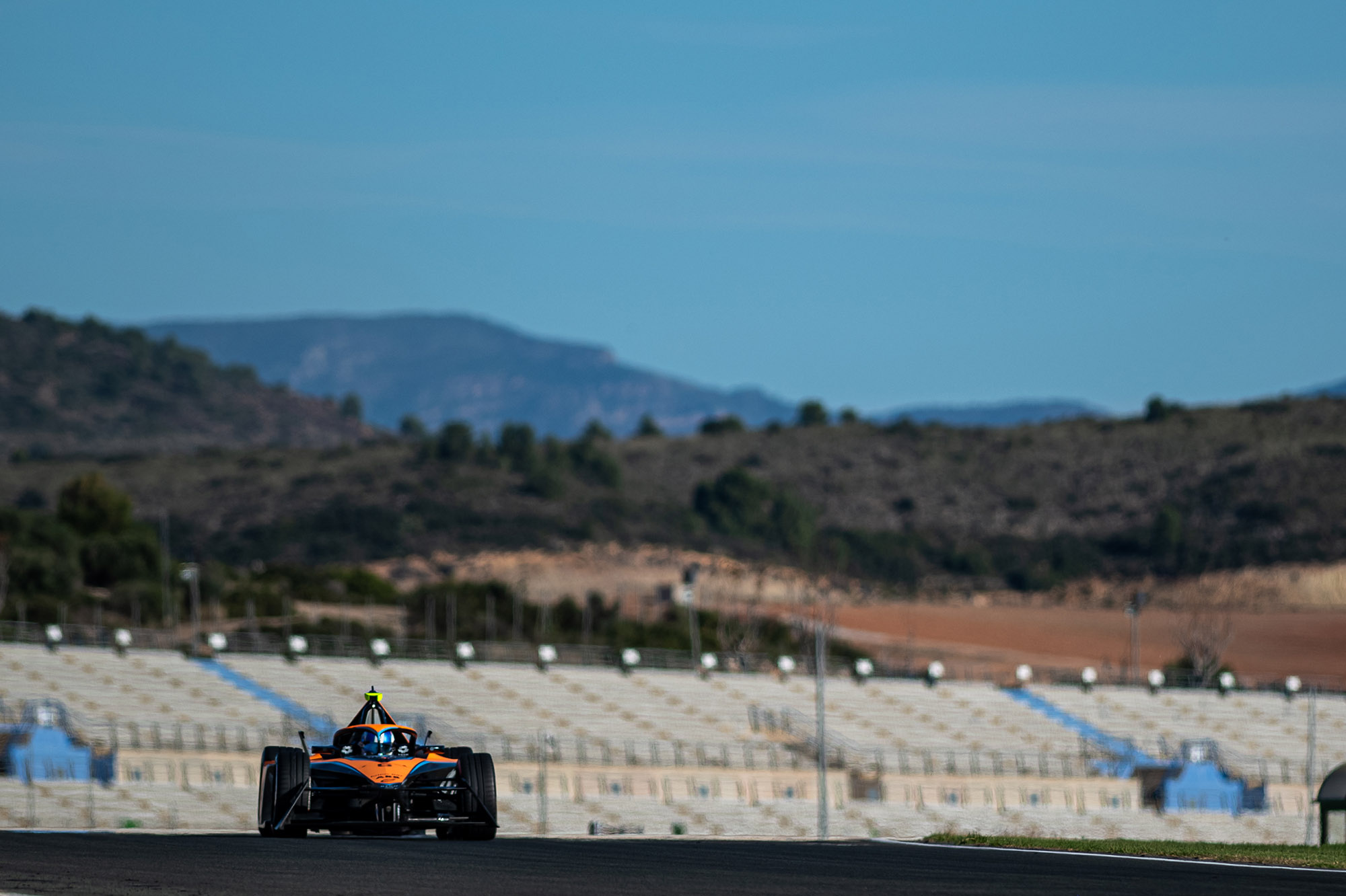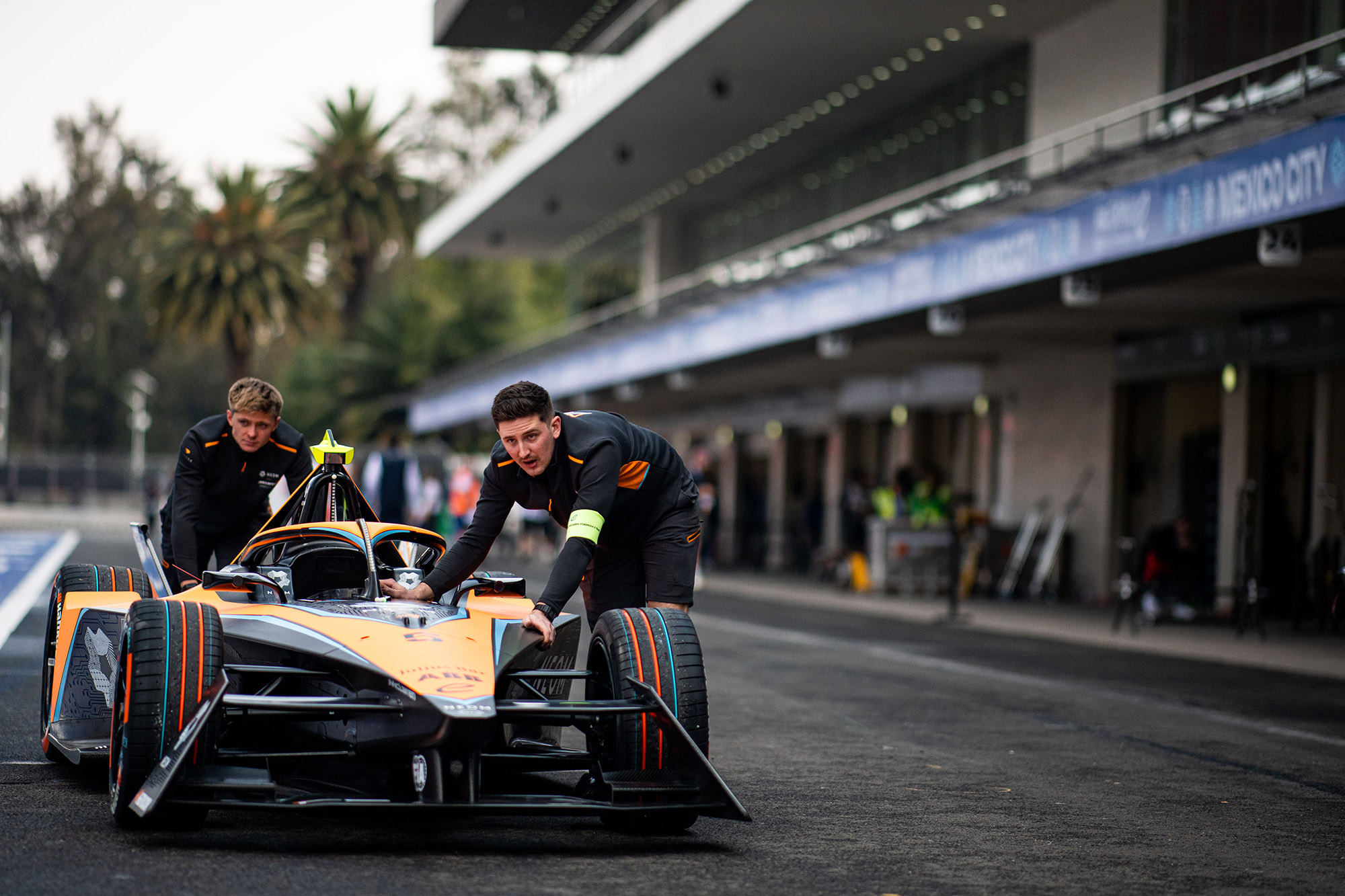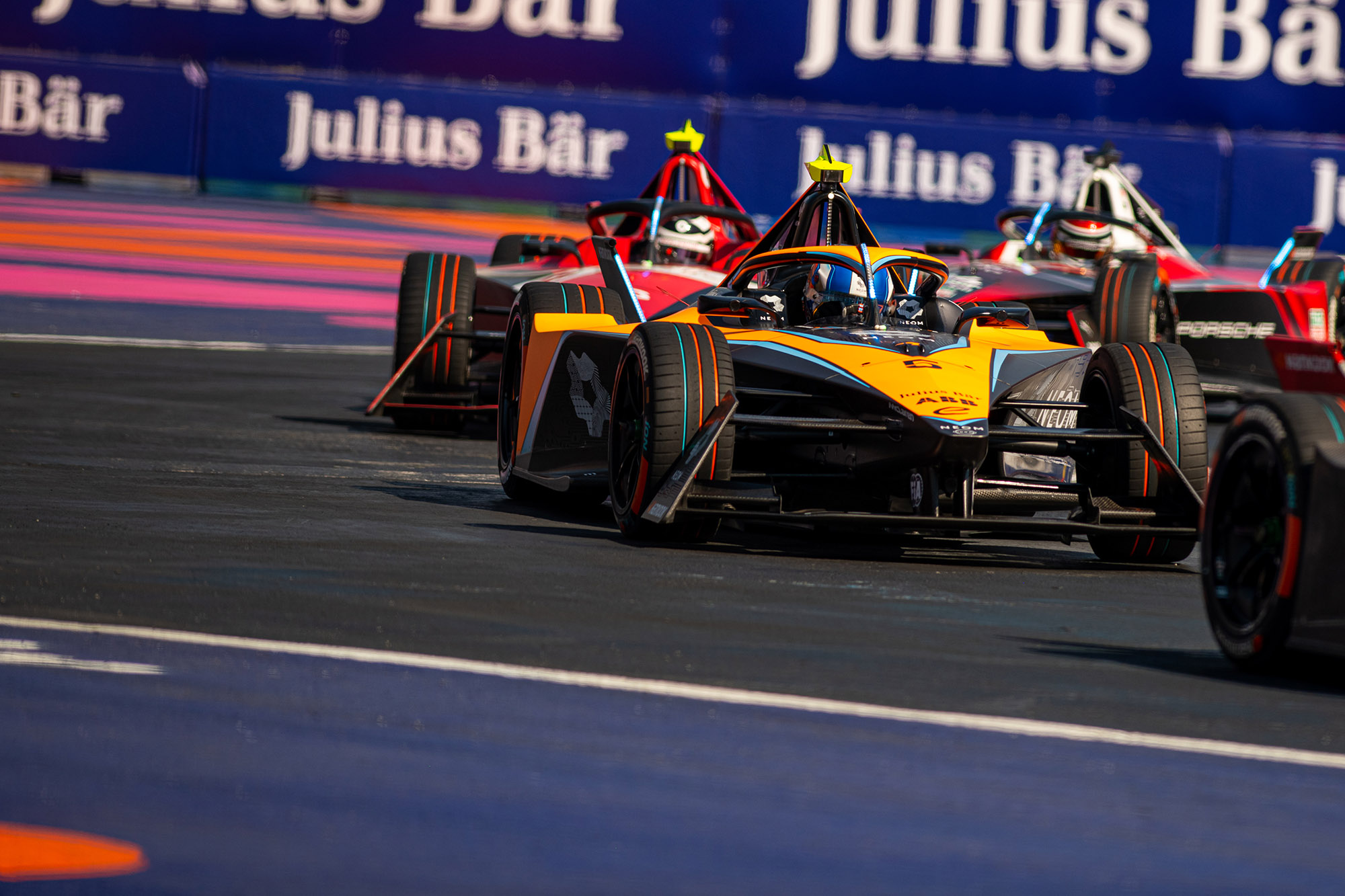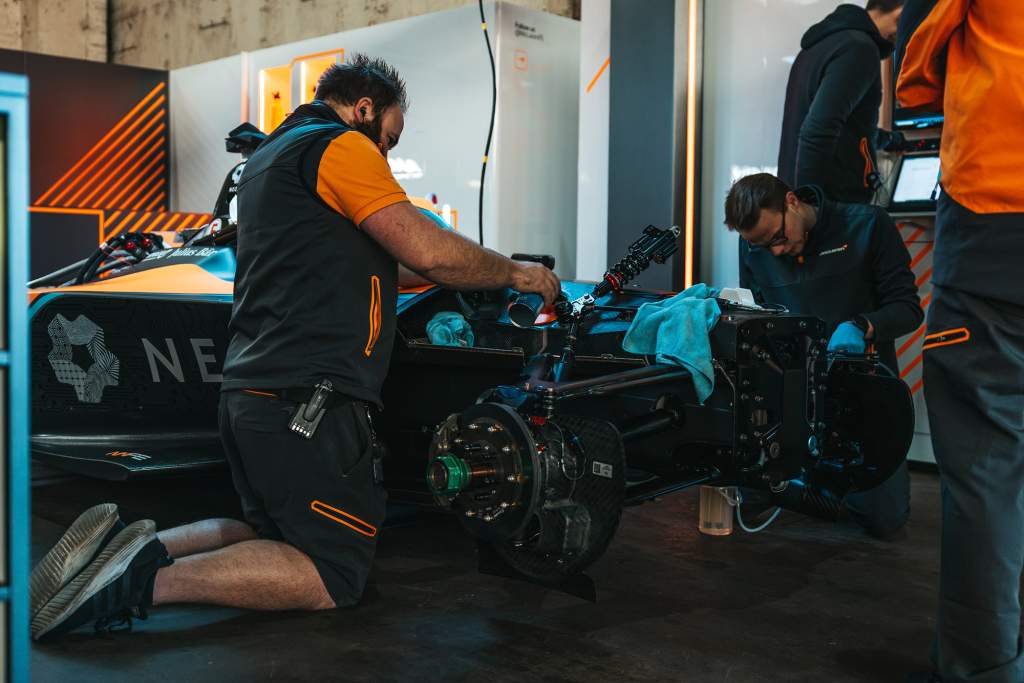In a previous life I worked at renowned racing car manufacturer Lola. It was a wonderful multi-faceted job spanning IndyCar, Le Mans, Formula 3, A1 GP, Super Formula and many other series.
There is one trait that all those series shared.
It involved late nights, lots of coffee and thousands of takeaway pizzas to meet ludicrous deadlines and the watch-tapping of customers tick-tockingly audible to the buzzing members of the assembly floor.
In 2005 this was magnified to the tune of 50, yes 50, A1 GP cars being built in around three months. It was a fraught and febrile place of work and it almost broke people clean in half.

While that is ancient history, it feels that similar feats were achieved in getting the 22 Gen3 Formula E cars up and running for the start of the season which took place last weekend in Mexico City.
A backdrop of an almost perfect storm of post-COVID disruption, the Russian assault on Ukraine and the ambitious nature of the tech woven into the design was always going to test everyone involved in the project.
Major flashpoints dotted the timeframe. The change of cells to the spec battery and the delay in getting a variety of parts and bodywork to teams were just two.
Although one was overcome, another is still a major thorn in teams’ sides. While there was a sense of getting away with things on the permanent Autodromo Hermanos Rodriguez in Mexico, the upcoming Diriyah rollercoaster next week will be the real test.
Prior to last month’s Valencia test teams were almost dead on their feet. Herculean tasks were being completed just to enable last minute shakedown runs. Some teams didn’t make it to that feat.
One that did, just, was the new NEOM McLaren team which managed a few hours around its doorstep in the Bicester Heritage business area of its new base in Oxfordshire.

But what it had to do to get there wowed even experienced members of the racing industry, among them former Formula E driver and now team manager of the operation, Gary Paffett.
“The key to getting it done was the project planning side of things,” Paffett told The Race.
“We’ve got a couple of people working very hard on project planning, always in contact with suppliers, trying to work out deadlines and work out when we’re going to get the parts.
“Rob Musgrave, our head of trackside operations, and the person who runs the car build side of things, was just making sure that the guys were able to get the parts they needed when they needed them.
“Also, the dedication of the team, the mechanics, to accept the late nights and the long days to get it done when parts did arrive was exceptional.”
McLaren, like all of the other teams, faced multiple challenges but it all came together. It somehow always does.
“The difficulty was obviously all the common parts, the batteries, and also the chassis, the wiring looms, the suspension, bodywork things like that, and it all was all coming at different times,” adds Paffett.
“So, where we were able to have a build-up plan it made things tricky.
“We had a shakedown test planned well in advance of Valencia, and we had to move that three or four times closer and closer to the test to be able to actually get the cars built and shaken down in time to go to Valencia. We still managed to do it.”
But it was a lot later than all of the Formula E teams would have liked, and the implications of having to move the shakedown every time were “kind of costly”, according to Paffett.
“It’s always a challenge whenever you’re building a new car, and even between seasons, but the real lack of parts for this season, and the constant changes to the state of the battery based on the manufacturer testing meant that everything came together very late.”

McLaren enjoyed a strong Valencia test where progress was made. While post-test was an opportunity for the mechanics to take some long overdue holiday in the Christmas period, the engineering team had no such luxury as they had to pick their way through an avalanche of data from the new cars.
Barely had the new year broken and teams were on a plane and following their freighted cars, which left after Valencia, to Mexico City.
The reliability was good last weekend but it wasn’t perfect. Maserati, DS and Nissan all had issues with the battery, while Jaguar’s travails were well documented and went well into Friday night where serious discussions took place about how it was going to tackle the next day.
For McLaren there was no such drama apart from some conditioning of the RESS prior to the action, which went smoothly.

In fact, Paffett calls the whole first weekend experience “pretty good to be honest”.
That the season switched from the usual Diriyah opener to Mexico City now looks inspired. The permanent track has plenty of run-off and has a wonderful ambience, it was almost the perfect place to start the new era.
But still challenges remain for the championship. The chronic shortage of spares is a pressing issue for the teams as another five races in eight weeks emerge menacingly from the horizon.
Driveshafts and torque sensors on the rear of the car are scarce but expected to come on stream over the coming races.
The Race understands that an ambition to get dressed spare cars was not met for Mexico City but could be for Diriyah next week.
What it means for teams is that heading to Riyadh, where there are a lot of high speed corners and barriers very close, the slightest graze with a wall could have race-defining consequences.
“All you need to do is rub a wheel on a barrier and you see damage to one of the driveshafts, and then you’re running out parts more quickly,” attests Paffett.
This is especially true with a double-header next weekend where the workloads will make Mexico City feel like a stroll in a high altitude park.

“The workload in Mexico was actually better than we thought,” reckons Paffett.
“They [the FIA] opened up the curfew restrictions for the set-up days, and actually, we never even got close to what the curfew would have been.
“The workload was pretty good. But obviously, there’s going to be a lot of workload in Diriyah with the new secondary brake system hopefully arriving and having to fit them to the cars to make sure it’s working fine.
“In motorsport so often, it all just comes together, in the end, and that’s something that has happened here.”
There are still concerns going forward with spare parts, and even with the batteries, but it’s fair to say that Mexico gave a much needed shot of positivity around going racing despite months of intense work and frustration.
“I would say we’re getting on top of it and have the situation more under control,” summarises Paffett.
“Overall, through the first race, I would say was a success.”
That in itself is a strong validation of the dedication and skill of the teams who, along with most of the suppliers, have had a challenge like no other to get the Gen3 show on the road.








